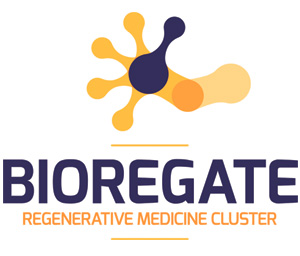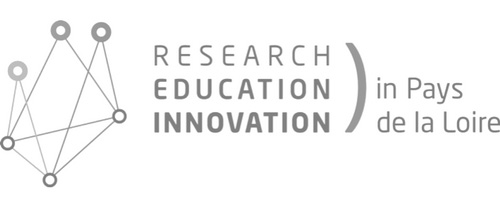Recombinant adeno-associated virus (AAV) has emerged as a promising vector for retinal gene delivery to restore visual function in certain forms of inherited retinal dystrophies.
Several studies in rodent models have shown that intravitreal injection of the AAV2/2 vector is the optimal route for efficient retinal ganglion cell (RGC) transduction.
However, translation of these findings to larger species, including humans, is complicated by anatomical differences in the eye, a key difference being the comparatively smaller volume of the vitreous chamber in rodents.
Here, we address the role of the vitreous body as a potential barrier to AAV2/2 diffusion and transduction in the RGCs of dogs and macaques, two of the most relevant preclinical models. We intravitreally administered the AAV2/2 vector carrying the CMV-eGFP reporter cassette in dog and macaque eyes, either directly into the vitreous chamber or after complete vitrectomy, a surgical procedure that removes the vitreous body.
Our findings suggest that the vitreous body appears to trap the injected vector, thus impairing the diffusion and transduction of AAV2/2 to inner retinal neurons. We show that vitrectomy before intravitreal vector injection is an effective means of overcoming this physical barrier, improving the transduction of RGCs in dog and macaque retinas.
These findings support the use of vitrectomy in clinical trials of intravitreal gene transfer techniques targeting inner retinal neurons.

